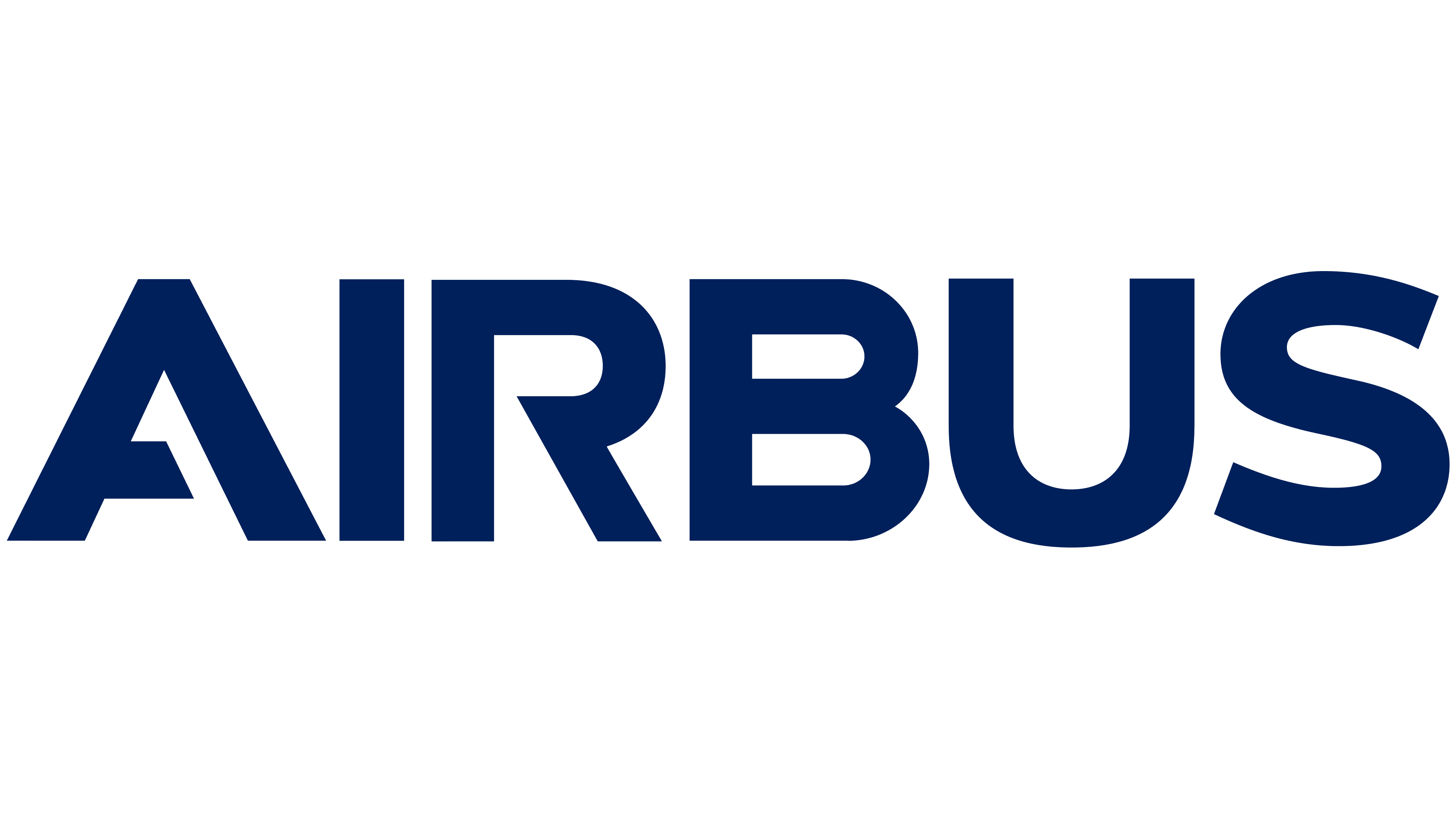Automated Potting Equipment (APE) – Installation of Insert Fixtures on Spacecraft
The iX challenge competition, delivered by Innovate UK KTN, is supporting Airbus to identify innovative partners that have the capability to manufacture an automated solution for installing insert fixings to Satellites. The business(es) with the most promising solution(s), as selected by the challenge owner, may be given a commercial opportunity to deliver their solution and receive support from Innovate UK KTN and the wider Innovate UK network.
Opportunity
Challenge opens
16/05/2023
Challenge closes
23/06/2023
Benefit
Successful applicants will be given an opportunity to pitch their solutions to Airbus. Selected solution(s) will be trialed by Airbus, with the possibility of technical support to test and develop the solution in the fast-growing space sector.
Background
The Innovation Exchange programme is working alongside Airbus to help them identify innovators with solutions to replace their current process used to install inserts on satellites with a fully automated process.
Introduction
Satellites are constructed with complex electronic and mechanical components that must withstand the conditions of a rocket launch and then operate in space, without maintenance, for usually 18+ years. A typical telecommunications satellite comprises of the spacecraft bus (which is the primary spacecraft structure containing power, temperature control and directional thrusters) and the communications payload (which receives, amplifies and retransmits the signals over a designated geographic area). To connect panels and attach equipment, specialist fixings (inserts) have to be adhered into drilled cavities in the panels using a potting process. Once in place, connections to the inserts are made using bolts and the inserts must be capable of supporting loads generated on the ground, during launch and in-orbit. The inserts also have to survive significant temperature excursions during testing and in-orbit
As a result of the challenging environment that satellites operate in and the high number of inserts to be installed, it is vital that the inserts are installed with a high level of accuracy, efficiency and quality.
Rationale
Panel inserts are used extensively on all satellites to hold equipment in place: the inserts are a key component that enables all types of satellite to fulfil their missions. Despite the efficiency of current processes, further cost and schedule reduction can be achieved by introducing full automation to Airbus production capabilities. The key challenges to automation are related to installation accuracy and adhesive processing reliability. This study aims to find the appropriate new partner to facilitate the adoption of fully automated potting as well as to advance the fundamental technologies such as the utilisation of pick-and-place end effectors, vision systems, and adhesive metering and dispensing.
Scale of the problem
There are many different types of inserts used on satellites, an example of a typical blind insert is shown in Figure 1. There are more than 100 different types & sizes of inserts each requiring different volumes of potting adhesive. Panels vary in thickness and inserts have different diameter heads, resulting in a significant variation in the quantity of adhesive required to fill each cavity. The potting of adhesive is time consuming, and Airbus would like to move to a faster, fully automated process of applying adhesive. It is expected that a small percentage of potting may still be done manually after implementation of a fully automated solution. This is due to the additional complexity introduced by instances where there are very thick panels or intricate insert configurations. The first part of moving to automation is to develop an adhesive that can be injected or applied by a non-manual labour intensive and consistent method into these cavities for the pots, ensuring it can perform to the same level as, or better than the existing adhesive. This work is currently underway and a very strong candidate has passed all initial tests.
This challenge is brought to you by:


